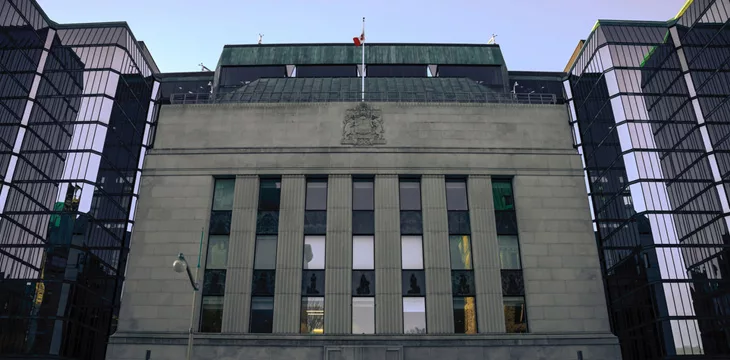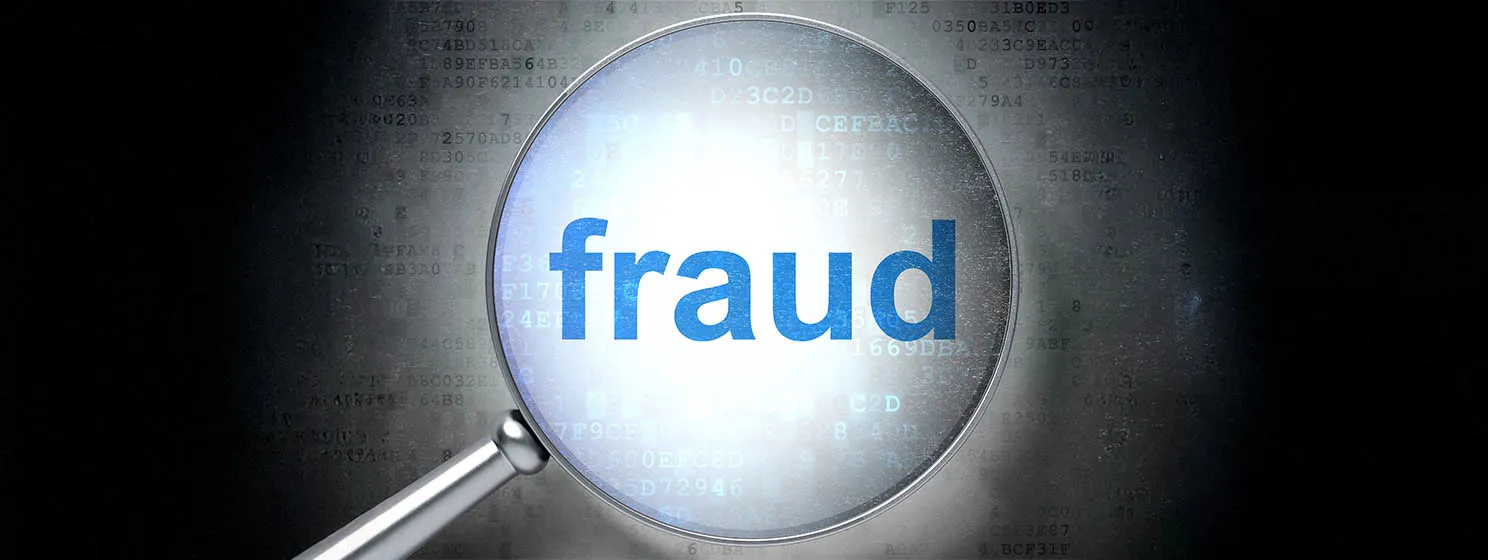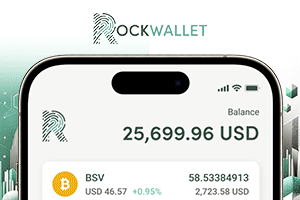
Central Bank Digital Currency
Bank of Canada identifies global barriers in developing inclusive CBDC
Financial inclusivity isn't the only key to developing a universally accessible payment method, the Bank of Canada said, insisting that...
Bank of Korea teams up with BIS, local institutions for wholesale CBDC experiment
The Bank of Korea is looking to develop a new monetary system that focuses on the use of a wholesale...
Argentina’s CBDC project hangs in balance as nation prepares for presidential polls
The upcoming presidential elections will not only be historical for the future of Argentina but will also be pivotal in...
BIS completes wholesale CBDC trial for FX, cross-border payments
In Project Mariana's proposed design, central banks do not need to control the underlying platform but will rely on smart...
Argentina presidential candidate sees CBDCs as hyperinflation solution
Presidential candidate Sergio Massa unveils CBDC plan to combat hyperinflation in Argentina, proposing anti-money laundering laws, tax revisions, and rivals...
BIS concludes wholesale CBDC experiment for FX, cross-border payments
The Bank for International Settlements has released the Project Mariana report, exploring challenges and solutions in a wholesale CBDC pilot...
Recent
Trending
Most Views

 07-02-2025
07-02-2025 


























